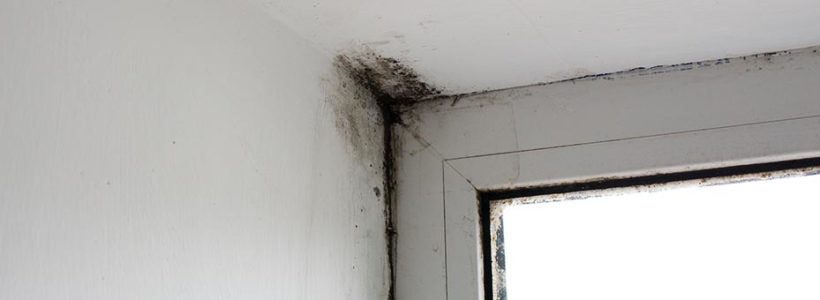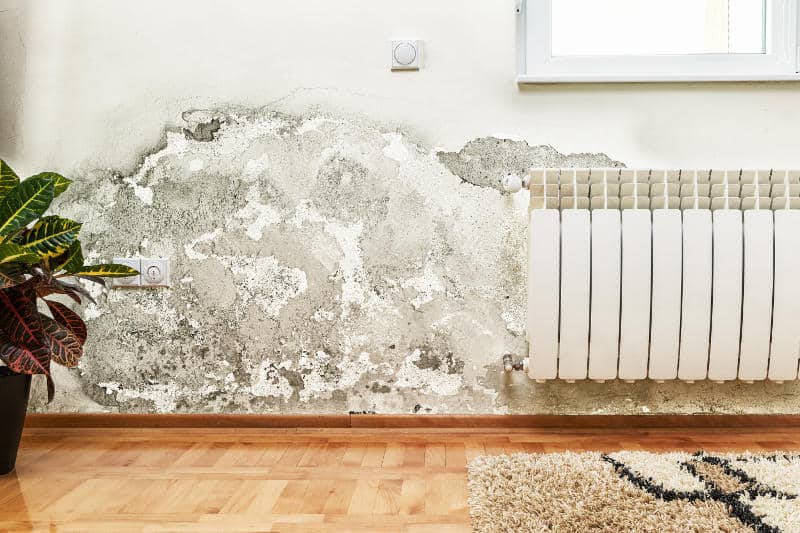They are making a few great points relating to Water Stains on Walls as a whole in this post below.

Water discolorations on wall surfaces are not pleasant to the eyes. In some cases it seems nearly inevitable to experience water spots on walls in residences.
Property owners staying in humid regions regularly manage the worry of water discolorations on walls. That doesn't have to be the situation for you. With well-rounded and exact info on the root causes of water spots and also timely repair work processes, you will certainly constantly be an action ahead of such incidents. This article promises to be a helpful overview for you.
3 Usual Root Causes Of Water Spots on Walls
Contrary to popular belief, water discolorations on wall surfaces do not always originate from bad building materials. There are several root causes of water spots on walls. These consist of:
Damp
When warm damp air meets completely dry cold air, it triggers water beads to form on the walls of structures. This takes place in kitchens and bathrooms when there is vapor from food preparation or showers. The water droplets can tarnish the surrounding walls in these parts of your residence as well as spread to other locations.
Moist or condensation impacts the roof covering as well as wall surfaces of buildings. When the wall surface is wet, it produces a suitable setting for the growth of microbes as well as fungis.
Poor Water drainage
This will certainly stop water from permeating into the walls. This links to excessive wetness that you discover on the walls of your building.
So, the leading source of wet walls, in this situation, can be a bad drain system. It can likewise be due to bad monitoring of sewer pipelines that run through the building.
Pipe Leaks
The majority of residences have a network of water pipelines within the walls. It always raises the feasibility of such pipes, as there is little oxygen within the wall surfaces.
Yet, a disadvantage to this is that water leak impacts the walls of the structure as well as triggers widespread damages. An indication of faulty pipes is the look of a water discolor on the wall.
Pro Suggestion
A houseplant in your home additionally enhances its humidity. If the home is already damp, you may desire to introduce houseplants with minimal transpiration. An instance of suitable houseplants is succulents.
Water Discolorations on Wall: Repair Tips
When dealing with water discolorations, property owners would usually want a fast fix. Yet, they would certainly soon recognize this is counterproductive as the water spots persist. So, below are a few handy suggestions that will certainly assist you in the repair of water discolorations on wall surfaces:
Verdict
No one wants to have water stains on walls in their home, it can happen to the best of us. This short article offers you take advantage of, as you currently recognize just how to manage this problem if it does take place.
It is constantly best to hire specialist services to help fix the damages in your home.
Sometimes it seems almost inevitable to experience water stains on walls in residences.
Contrary to popular belief, water discolorations on wall surfaces do not constantly stem from bad building materials. There are several causes of water stains on walls. The water beads can tarnish the bordering walls in these parts of your home and also spread to various other areas.
Below are a few valuable suggestions that will guide you in the fixing of water discolorations on walls:
How to Fix Water Stains On Walls
Water stains on walls aren’t something anyone enjoys to look at in their home. It might seem like an easy option to just paint over the stain, but it will take more than that. It’s very important to determine if there is an ongoing problem causing the stain, and fixing that before you go any further. If you don’t follow the steps, you could have more problems down the line.
Solve the Underlying Issue
Water stains on walls are a big sign of water damage. Seeing this is your signal to find out where the water could be coming from. Most likely this is due to a leak somewhere in your plumbing, but there could be other causes. These problems can be from somewhere outside your home as well. If you can’t determine where the leak is coming from, call your local plumber to find the leak and repair it.
Here are some common reasons water damage can occur:
Plumbing failures Construction failures Natural events Appliance failures Dry the Area
Once you’ve fixed the underlying problem, you need to make sure the area is completely dry. You can do this using dehumidifiers and fans. Place the dehumidifier on the highest setting in between two fans. Depending on how large the stain is, it can take hours to completely dry. Even if the wall only feels a little damp, it’s still important to fully complete the drying process. If you’re in count, go ahead and allow the fans and dehumidifier to run overnight.
Remove Loose Material
Water stains on walls may be covering more damage than what you can see. Use a painter’s knife or a putty knife to scrape away at any loose paint or material from the wall. If the damage is minor, you will just be scraping away at the layers of paint. If the damage is more prominent, you may need to scrape away deeper into the wall to remove all the damaged material.
Clean the Area With Bleach
Once you’ve removed all the damaged material and the water stains from the walls, use a bleach mixture to sanitize the area. If it’s not sanitized, it can lead to mold. Carefully wipe down the area to avoid letting bleach drip onto your floors or furniture. Make sure when you are cleaning the area to get into every crevice to ensure mold will not be able to grow. After you have done this, allow it to air dry completely before moving to the next step.
Repair the Wall if Needed
Now that the area is cleaned, it’s time to repair the wall. If you had to scrape away at more than just the paint on the wall, you will need to use drywall mud to fill in any cracks, dents, or crevices. Use your painter’s knife to smooth it over and let it dry. Use some sandpaper to sand it down to make it even with the wall. If you need to do a few layers, that’s completely fine. Just make sure to allow it to dry between each layer.
https://www.1tomplumber.com/how-to-fix-water-stains-on-walls/

Do you like reading about How to Remove Water Stains from Walls and Ceilings? Give a remark directly below. We would be glad to listen to your suggestions about this blog entry. We hope that you visit us again later on. Sharing is caring. Helping others is fun. Thanks so much for taking the time to read it.
Resolve today, dial!